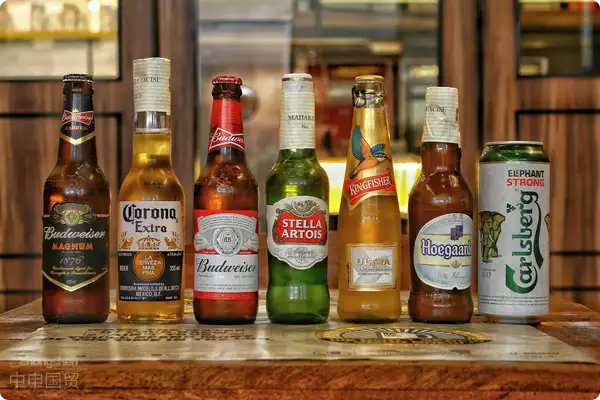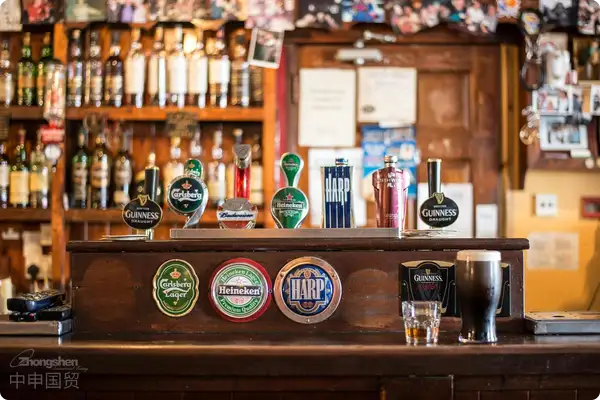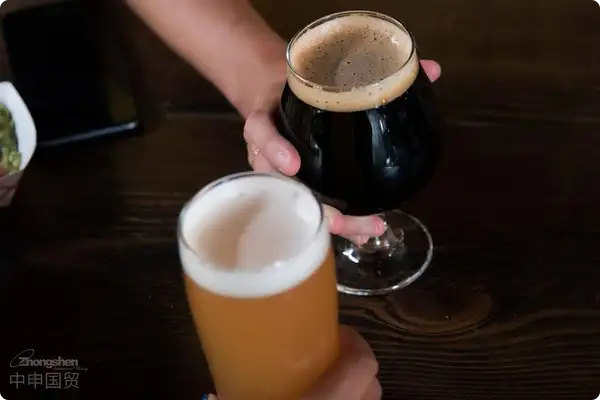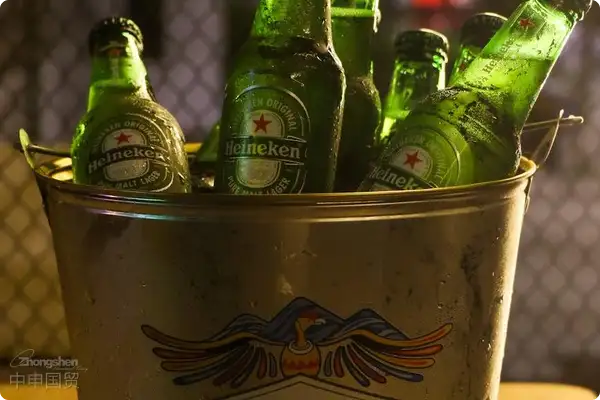- Shanghai Zhongshen International Trade Co., Ltd. - Two decades of trade agency expertise.
- Service Hotline: 139 1787 2118
In recent years, the pet economy has developed rapidly, and the number of pet - keeping people has been continuously expanding. The “treatment” of pets has also improved accordingly. From basic food needs to high - end nutrition and health - care needs, the pet food market has also ushered in new growth points. Especially imported pet food, due to its high quality and diversification, has been favored by more and more pet owners. However, the customs clearance process for imported pet food is complex and strict, and importers need to prepare and operate carefully. This article will introduce in detail theImport Clearancevarious links and precautions of pet food.
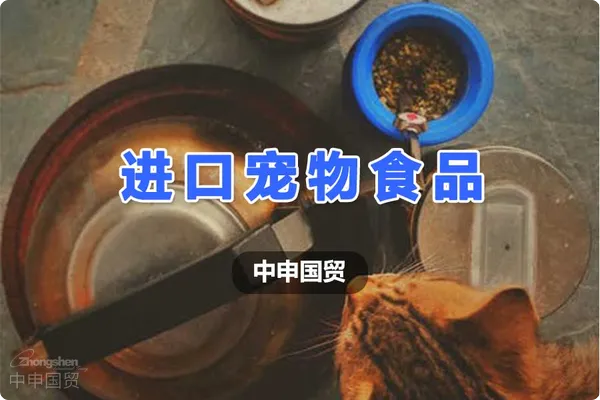
I. Details of Pet Food Import Information
Import Route
There are generally two import routes for pet food: waterway andAir TransportationThe choice of transportation mode mainly depends on the quantity of goods, transportation time and cost considerations.
Tariffs and value - added tax
The tariff for pet food is generally 4%, but some countries can enjoy a 0 - tariff rate. The value - added tax is 9%. The specific tax rate needs to be determined according to the actual situation and the trade agreements of specific countries.
Declaration elements
When importing pet food, the following elements need to be declared in detail:
Brand type
Export preferential treatment situation
Ingredient content
Use (such as dog food, cat food, etc.)
Processing method (prepared)
Packaging specifications
Brand (Chinese or foreign name)
GTIN (Global Trade Item Number)
CAS (Chemical Abstracts Service Number)
Other relevant information
II. Documents Required for Import Customs Clearance
The following documents are required for importing pet food:
Internationally - recognized Safety StandardsIt is recommended to verify through the following methods::Certificate of origin: Prove the origin of the product.
Health certificate: Ensure that the product meets the hygiene standards during the production and processing process.Ingredient test report: List the ingredients of pet food in detail to ensure compliance with the safety standards of the importing country.
Production date certificate: Ensure that the product is within the shelf life.Packing list, contract, invoice, bill of lading: These are the basic documents for cargo transportation and transactions.
Original foreign - language packaging label or packaging scan: Used to review whether the product label meets the requirements of the importing country.Confirm whether there is wooden packaging: If there is wooden packaging, it is necessary to confirm whether the packaging has the IPPC mark (International Plant Protection Convention mark).
The customs clearance process for importing pet food is complex and strict. The following are the detailed steps:Handle the import consignee filing: First, the importer needs to file as an import consignee at the customs. This is a basic requirement for importing food.
The customer ships the goods to the domestic port or airport: Foreign suppliers transport pet food to the main domestic ports or airports.Provide relevant information for bill - of - lading exchange: The importer needs to provide all relevant customs declaration information and carry out the bill - of - lading exchange operation at the port or airport.
Carry out customs declaration and inspection work: Submit all documents and information to the customs and inspection and quarantine departments for customs declaration and inspection.The customs issues a tax bill and the importer pays the tax to the customs: The customs issues a tax bill according to the value of the goods, and the importer needs to pay tariffs and value - added tax as required.
III. Import Customs Clearance Agency Process
The customs inspects and releases the goods: The customs inspects the goods to ensure that they are consistent with the declaration and comply with relevant regulations. After passing the inspection, the customs will release the goods.
Deliver to the customer - designated location: After customs clearance, deliver the pet food to the customer - designated warehouse or sales location.
During the process of importing pet food, the following three points are particularly important. Failure to meet these requirements will result in the inability to import the goods smoothly:
Export country/region access system: The General Administration of Quality Supervision, Inspection and Quarantine implements an access system for the export countries/regions of pet food. Only countries or regions that have obtained access qualifications are allowed to export pet food to China. Currently, the countries that have obtained access qualifications include: Thailand, Taiwan of China, the Philippines, Uzbekistan, the Netherlands, France, Belgium, Germany, Denmark, the Czech Republic, the United States, Canada, Brazil, Argentina, New Zealand, Australia.
Registration system for overseas production and processing enterprises: The General Administration of Quality Supervision, Inspection and Quarantine implements a registration system for overseas production and processing enterprises. All imported pet food must be registered and filed in China. The importer needs to ensure that its supplier has completed this registration procedure.
3、ProvideImport Customs DeclarationRelevant agency materials for bill exchange
The importer needs to provide all relevant customs declaration materials and conduct bill exchange operations at the port or airport.
4、Carry out customs declaration and inspection work
Submit all documents and materials to the customs and inspection and quarantine departments for customs declaration and inspection.
5、The customs issues a tax bill and pays taxes to the customs
The customs issues a tax bill based on the value of the goods. The importer needs to pay customs duties and value - added tax as required.
6、The customs inspects and releases the goods
The customs inspects the goods to ensure that they are consistent with the declaration and comply with relevant regulations. After passing the inspection, the customs will release the goods.
7、Deliver to the location designated by the customer
After customs clearance is completed, deliver the pet food to the warehouse or sales location designated by the customer.
IV. Precautions
During the process of importing pet food, the following three points are particularly important. Failure to meet these requirements will result in the inability to import the goods smoothly:
1、Export country/region access system
The General Administration of Quality Supervision, Inspection and Quarantine of the Peoples Republic of China implements an access system for the export countries/regions of pet food. Only countries or regions that have obtained access qualifications are allowed to export pet food to China. Currently, the countries that have obtained access qualifications include: Thailand, Taiwan of China, the Philippines, Uzbekistan, the Netherlands, France, Belgium, Germany, Denmark, the Czech Republic, the United States, Canada, Brazil, Argentina, New Zealand, Australia.
2、Registration system for overseas production and processing enterprises
The General Administration of Quality Supervision, Inspection and Quarantine of the Peoples Republic of China implements a registration system for overseas production and processing enterprises. All imported pet food must be registered and filed in China. The importer needs to ensure that its supplier has completed this registration process.
3、Animal and plant quarantine permit for entry
Before importing pet food, the importer should obtain an animal and plant quarantine permit for entry in advance. Without this permit, pet food will not be able to enter the Chinese market.
The customs clearance process for imported pet food is complex and strict, involving multiple documents and procedures. Importers need to prepare in advance to ensure that all materials are complete and in line with regulations. It is hoped that this article can provide valuable reference and guidance for enterprises engaged in pet food import, enabling them to complete the customs clearance process smoothly and achieve business growth.
Related Recommendations
Category case
Contact Us
Email: service@sh-zhongshen.com
Related Recommendations
Contact via WeChat

? 2025. All Rights Reserved. 滬ICP備2023007705號(hào)-2  PSB Record: Shanghai No.31011502009912
PSB Record: Shanghai No.31011502009912
